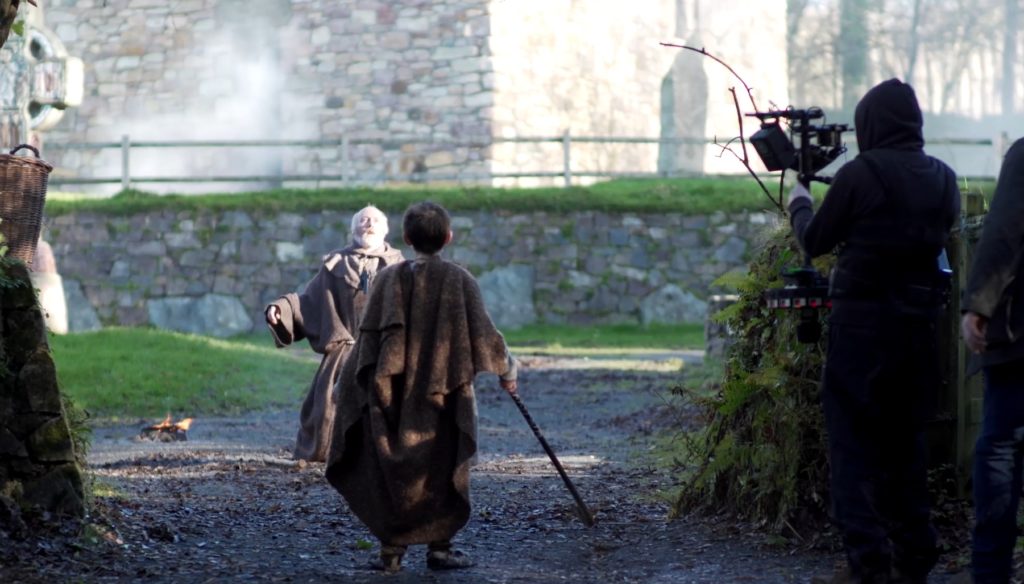Starting with his first feature film—”Sex, Lies, and Videotape”—Steven Soderbergh has been an experimental filmmaker. He carries on that tradition with his latest feature “High Flying Bird.” The obvious innovation–for him–is that he shot the movie with an iPhone. Of course, he wasn’t the first to do so. But as the trailer demonstrates, Soderbergh seems intent on demonstrating that a smartphone can be used to accomplish just about every visual technique found in traditionally shot Hollywood movies. Below, we identify more than a dozen cinematic techniques in the trailer. See the list below. The full movie is playing on Netflix.
Cinematic Techniques in the “High Flying Bird” Trailer
The trailer moves fast, but if you view it a few times, you’re likely to spot many more examples.
0:01 Panning with a moving subject
0:02 Voice-over narration
0:03 Frame-within-a-frame composition
0:04 Tracking shot following a subject from behind
0:08 Background actors used to create verisimilitude
0:14 Embedded TV clip for exposition
0:18 Dialogue used for scene transition (the character’s words starting before the cut)
0:19 High-angle shot
0:41 Two shot
0:46 Prop (the wallet) used for characterization
1:05 Mirror shot
1:07 Tilt shot
1:28 Diagonal composition
1:41 Side-lighting
# # #
The trailer for “High Flying Bird” has been chosen as the Mobile Movie of the Week by the Editors of MobileMovieMaking Magazine.



 Previous post
Previous post
 Next post
Next post





